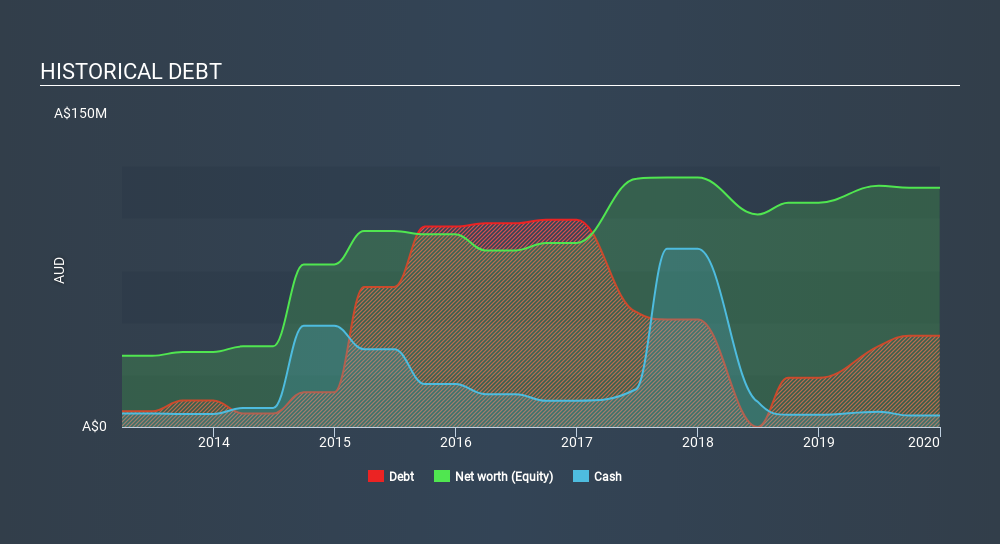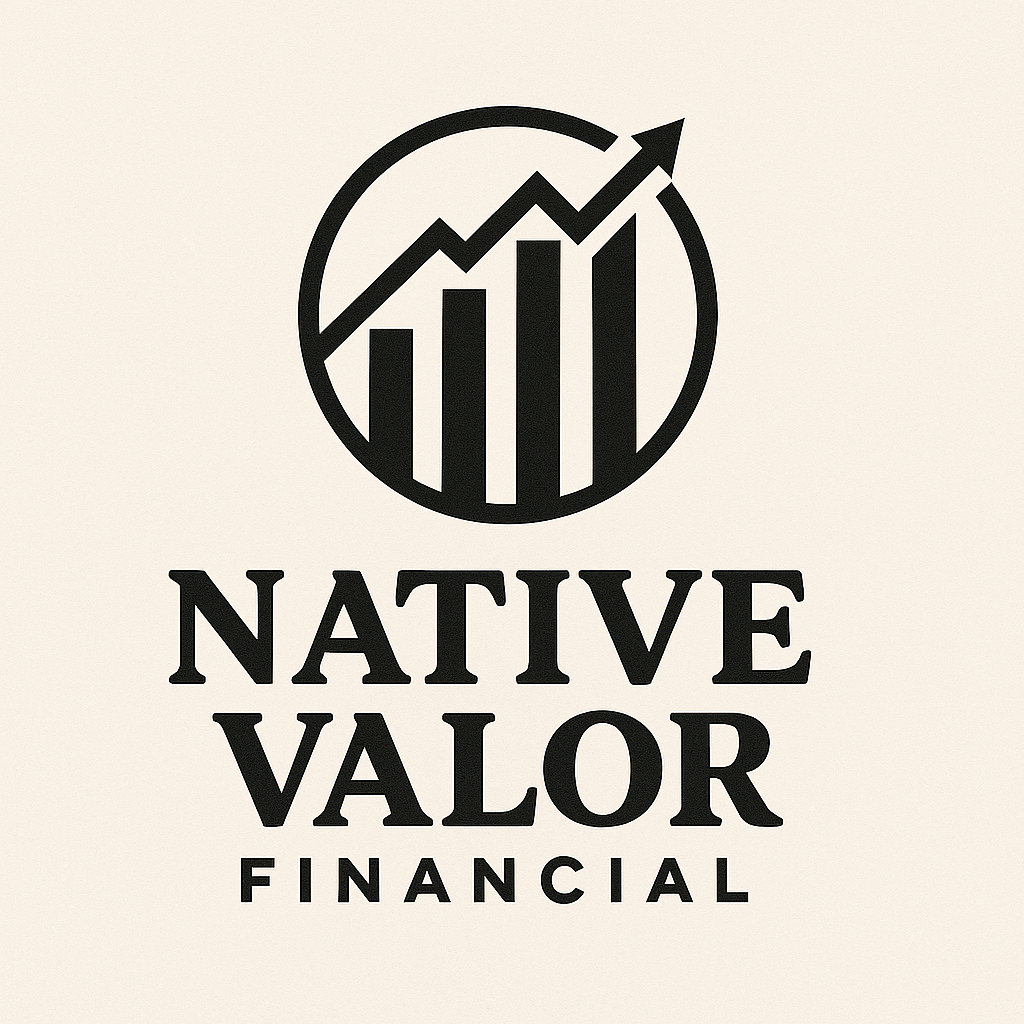Howard Marks put it nicely when he said that, rather than worrying about share price volatility, 'The possibility of permanent loss is the risk I worry about... and every practical investor I know worries about. So it seems the smart money knows that debt - which is usually involved in bankruptcies - is a very important factor, when you assess how risky a company is. As with many other companies Capitol Health Limited (ASX:CAJ) makes use of debt. But the more important question is: how much risk is that debt creating?
Why Does Debt Bring Risk?
Debt is a tool to help businesses grow, but if a business is incapable of paying off its lenders, then it exists at their mercy. Ultimately, if the company can't fulfill its legal obligations to repay debt, shareholders could walk away with nothing. However, a more usual (but still expensive) situation is where a company must dilute shareholders at a cheap share price simply to get debt under control. By replacing dilution, though, debt can be an extremely good tool for businesses that need capital to invest in growth at high rates of return. When we examine debt levels, we first consider both cash and debt levels, together.
View our latest analysis for Capitol Health
How Much Debt Does Capitol Health Carry?
As you can see below, at the end of December 2019, Capitol Health had AU$43.8m of debt, up from AU$23.6m a year ago. Click the image for more detail. However, it also had AU$5.48m in cash, and so its net debt is AU$38.3m.

A Look At Capitol Health's Liabilities
We can see from the most recent balance sheet that Capitol Health had liabilities of AU$29.1m falling due within a year, and liabilities of AU$96.2m due beyond that. Offsetting this, it had AU$5.48m in cash and AU$3.38m in receivables that were due within 12 months. So its liabilities total AU$116.4m more than the combination of its cash and short-term receivables.
This is a mountain of leverage relative to its market capitalization of AU$158.9m. This suggests shareholders would be heavily diluted if the company needed to shore up its balance sheet in a hurry.
We measure a company's debt load relative to its earnings power by looking at its net debt divided by its earnings before interest, tax, depreciation, and amortization (EBITDA) and by calculating how easily its earnings before interest and tax (EBIT) cover its interest expense (interest cover). This way, we consider both the absolute quantum of the debt, as well as the interest rates paid on it.
While Capitol Health's low debt to EBITDA ratio of 1.4 suggests only modest use of debt, the fact that EBIT only covered the interest expense by 6.1 times last year does give us pause. So we'd recommend keeping a close eye on the impact financing costs are having on the business. Fortunately, Capitol Health grew its EBIT by 6.9% in the last year, making that debt load look even more manageable. There's no doubt that we learn most about debt from the balance sheet. But it is future earnings, more than anything, that will determine Capitol Health's ability to maintain a healthy balance sheet going forward. So if you want to see what the professionals think, you might find this free report on analyst profit forecasts to be interesting.
Finally, a business needs free cash flow to pay off debt; accounting profits just don't cut it. So it's worth checking how much of that EBIT is backed by free cash flow. During the last three years, Capitol Health produced sturdy free cash flow equating to 51% of its EBIT, about what we'd expect. This cold hard cash means it can reduce its debt when it wants to.
Our View
Based on what we've seen Capitol Health is not finding it easy, given its level of total liabilities, but the other factors we considered give us cause to be optimistic. There's no doubt that it has an adequate capacity handle its debt, based on its EBITDA,. We would also note that Healthcare industry companies like Capitol Health commonly do use debt without problems. Looking at all this data makes us feel a little cautious about Capitol Health's debt levels. While we appreciate debt can enhance returns on equity, we'd suggest that shareholders keep close watch on its debt levels, lest they increase. There's no doubt that we learn most about debt from the balance sheet. But ultimately, every company can contain risks that exist outside of the balance sheet. For example, we've discovered 4 warning signs for Capitol Health that you should be aware of before investing here.
If you're interested in investing in businesses that can grow profits without the burden of debt, then check out this free list of growing businesses that have net cash on the balance sheet.
If you spot an error that warrants correction, please contact the editor at editorial-team@simplywallst.com. This article by Simply Wall St is general in nature. It does not constitute a recommendation to buy or sell any stock, and does not take account of your objectives, or your financial situation. Simply Wall St has no position in the stocks mentioned.
We aim to bring you long-term focused research analysis driven by fundamental data. Note that our analysis may not factor in the latest price-sensitive company announcements or qualitative material. Thank you for reading.
About ASX:CAJ
Capitol Health
Provides diagnostic imaging modalities and related services to the healthcare market in Australia.
Reasonable growth potential with imperfect balance sheet.
Similar Companies
Market Insights
Community Narratives



